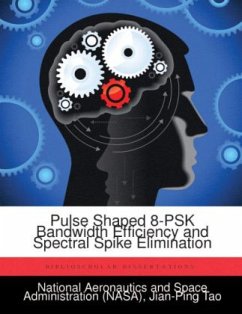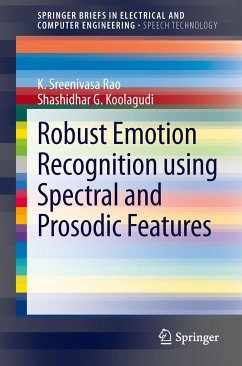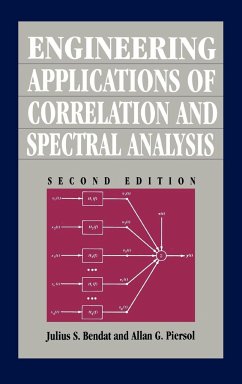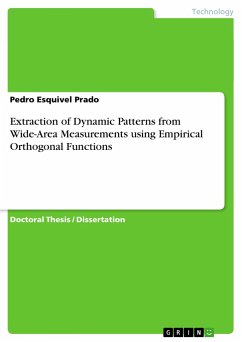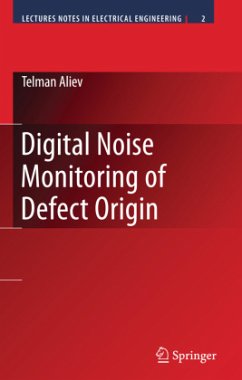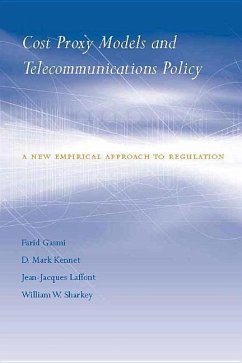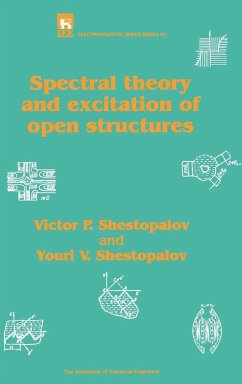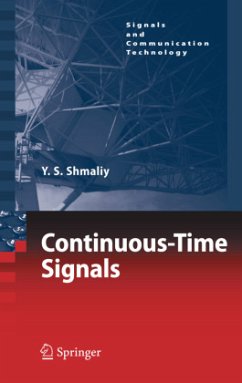
Characterizing Cyclostationary Features of Digital Modulated Signals With Empirical Measurements Using Spectral Correlation Function
Versandkostenfrei!
Versandfertig in über 4 Wochen
29,99 €
inkl. MwSt.
Weitere Ausgaben:

PAYBACK Punkte
15 °P sammeln!
Signal detection is widely used in many applications. Some examples include Cognitive Radio (CR) and military intelligence. CRs use signal detection to sense spectral occupancy. Without guaranteed signal detection, a CR cannot reliably perform its role. Similarly, signal detection is the first step for garnering an opponent's information. Wireless signal detection can be performed using many different techniques. Some of the most popular include matched filters, energy detectors (which use measurements such as the Power Spectral Density (PSD) of the signal), and Cyclostationary Feature Detecto...
Signal detection is widely used in many applications. Some examples include Cognitive Radio (CR) and military intelligence. CRs use signal detection to sense spectral occupancy. Without guaranteed signal detection, a CR cannot reliably perform its role. Similarly, signal detection is the first step for garnering an opponent's information. Wireless signal detection can be performed using many different techniques. Some of the most popular include matched filters, energy detectors (which use measurements such as the Power Spectral Density (PSD) of the signal), and Cyclostationary Feature Detectors (CFD). Among these techniques, CFD can be viewed as a compromise technique, in that it theoretically has better low Signal-to-Noise Ratio (SNR) detection performance than energy detectors and less strict requirements than matched filters. CFD uses the cyclostationarity of a signal to detect its presence. Signals that have cyclostationarity exhibit correlations between widely separated spectral components. Functions that describe this cyclostationarity include the Spectral Correlation Function (SCF). One advantage of cyclostationary approaches such as these is that Additive White Gaussian Noise (AWGN) is cancelled in these functions. This work has been selected by scholars as being culturally important, and is part of the knowledge base of civilization as we know it. This work was reproduced from the original artifact, and remains as true to the original work as possible. Therefore, you will see the original copyright references, library stamps (as most of these works have been housed in our most important libraries around the world), and other notations in the work. This work is in the public domain in the United States of America, and possibly other nations. Within the United States, you may freely copy and distribute this work, as no entity (individual or corporate) has a copyright on the body of the work. As a reproduction of a historical artifact, this work may contain missing or blurred pages, poor pictures, errant marks, etc. Scholars believe, and we concur, that this work is important enough to be preserved, reproduced, and made generally available to the public. We appreciate your support of the preservation process, and thank you for being an important part of keeping this knowledge alive and relevant.



